Your Call?
Which two of today’s nine featured images do you like best? Please let us know why you made your choices.
Please note that to better guide you, the nine images are arranged by time of capture (without regard to the date).
In the Last Blog Post
In the last blog post here, I loved both of the avian images but if I could have kept only one, it would be the bird-scape, Image #1. I love the placement of the bird, the relatively soft light, the nest image design, and the included beach vegetation. IMHO, Patrick Sparkman’s comment put a smile on my face. That and my response are worth reading.
Nickerson Gear
I have been heading to the beach most sessions with my new love, the Sony 400-800mm G Lens. On some afternoons, I grab only the 300mm f/2.8 lens with both TCs in my beloved fanny pack. By Monday I had used the 600mm f/4 L GM lens only once, that in the afternoon. But the last two mornings I have headed out with the 600, both TCs, and my tripod. After shooting the backlit stuff on the tripod I grab the 600 and have been handholding it up and down the beach for feeding oystercatchers, flight, and more. The funny thing is that after doing so much handheld work with the relatively 400-800 I am much more capable of handholding the six! Go figure.
What’s Up?
Despite the continuing sunny mornings with south and southwest winds (bad), Steve and I have been doing quite well. In today’s post, the first of two parts, I share nine images from Sunday and Monday that can give you some ideas as to what to try when things are looking bleak because of wind-against-sun conditions. On Tuesday, Mr. Shore got a killer image of a backlit skimmer chick digging a scrape; you should be seeing it in the next blog post. This morning, we had some decent chances on getting a few red light district photos …
Today is Wednesday 13 August. We will be headed to the beach at about 6pm for some more fun and learning. I still have room at the AirBnB for the last Nickerson Beach IPT:
Nickerson Beach 4-Day Instructional Photo-Tour (IPT): MON AUG 25 afternoon thru the morning session on FRI AUG 29, 2025: $1899.00.
If an item — a Delkin flash card or reader, a Levered-clamp FlexShooter Pro, or a Wimberley lens plate or low foot — for example, that is available from B&H and/or Bedfords, is also available in the BAA Online Store, it would be great, and greatly appreciated, if you would opt to purchase from us. We will match or beat any price. Please remember also to use my B&H affiliate links or to earn 3% cash back at Bedford by using the BIRDSASART discount code at checkout for your major gear purchases. Doing either often earns you free guides and/or discounts. And always earns my great appreciation.
Gear Questions and Advice
Too many folks attending BAA IPTs and dozens of photographers whom I see in the field and on BirdPhotographer’s.Net, are — out of ignorance — using the wrong gear, especially when it comes to tripods and more especially, tripod heads. And the same is true in spades when ordering new camera bodies or lenses. My advice will often save you some serious money and may help you avoid making a seriously bad choice. Please know that I am always glad to answer your gear questions via e-mail. If you are desperate, you can try me on my cell at 863-221-2372. Please leave a message and shoot me a text if I do not pick up.
Don’t Just Shoot: Learn
If you are interested in changing your life and becoming a better photographer by joining me on the Extended IPT at Sebastian Inlet for Ospreys and more (SEPT 25 to NOV 24, 2025), in San Diego for Pacific-race Brown Pelicans and more (JAN 6 to FEB 2, 2026), or for Roseate Spoonbills at Stick Marsh (March 2026), please e-mail for dates, rates, terms, and additional information. Or shoot me a text to 863-221-2372. Some offerings include options for shared AirBnB lodging and meals. Ground transportation during your stay is a possibility at times.
B&H Simplified
To ensure that I get credit for your B&H purchases, you can always click here. The tracking is invisible but using my affiliate links is greatly appreciated. And, with B&H, you can use your PayBoo card. You must use the website to order. You cannot get your free guides if you make a phone order. Once you have an item in your cart, you must complete the order within two hours. Huge thanks!
B&H
Many folks have written recently stating that they purchased a Sony a1 from B&H and would like their free membership in the Sony 1 Info and Updates Group, a $150.00 value. But when I check my affiliate account, their orders have not been there. When I let them know that they get credit for B&H purchases only if they use one of the many B&H affiliate links on the blog or begin their searches with this link, they are always disappointed. If in doubt, please contact me via e-mail and request a BH link. I am always glad to help and to guide you to the right gear.
Bedfords Simplified
Click here to start your search. Choose standard shipping, and when you get to the payment page, enter BIRDSASART in the discount code box and hit apply. You will be upgraded to free second day air Fed-Ex and receive 3% cash back on your credit card once your stuff ships. Using either my affiliate links is greatly appreciated and will often earn you free guides or discounts.
Bedfords Amazing BAA Discount Policy
Folks who have fallen in love with Bedfords can always use the BIRDSASART coupon code at checkout to enjoy a post-purchase, 3% off-statement credit (excluding taxes and shipping charges) on orders paid with a credit card. The 3% credit will be refunded to the card you used for your purchase when your product ships. Be sure, also, to check the box for free shipping to enjoy free Second Day Air Fed-Ex. This offer does not apply to purchases of Classes, Gift Cards, or prior purchases.
You can visit the Bedfords website here, shoot Steve Elkins an e-mail, or text him on his cell phone at (479) 381-2592.
|
|
|
This image was created on 11 August 2025 on another wind-against-sun morning on a Nickerson Beach Extended IPT with multiple IPT veteran and good friend Steve Shore. Standing at full height, I used the Robus RCM-439 4-Section Carbon Fiber Monopod, 65/Wimberley MonoGimbal Head-supported Sony FE 400-800mm f/6.3-8 G OSS lens (Sony E) (at 800mm) and The Latest Greatest Sony Flagship Body, the a1 II Mirrorless Camera. The exposure was determined using Zebra technology with Exposure Compensation on the Thumb Dial. Shutter Priority +2.3 stops. AUTO ISO set ISO 1000. 1/30 second at f/8 (wide-open). AWB at 6:05:24am on a clear day before sunrise. RawDigger showed the exposure to be perfect. Wide/AF-C with Bird Face/Eye Detection performed perfectly. Be sure to click on the image to enjoy a high-res version. Image #1: Canada Goose flock blur (with one Common Tern) |
The Number One Rule for Dealing with Challenging Wind-Against-Sun Conditions in the Morning
The first thing you need to do to have a chance when the forecast is calling for clear skies and west or southwest winds in the summer is to get out early, well before sunrise. This gives you chances for creating blurs and, if there is some color in the eastern sky, a few pleasing silhouettes. Some light clouds, fog, or haze in the east will often yield some nice sky color at sunrise, and, in addition, create opportunities for using gentle backlight. On dead-clear mornings, you have a chance for the Red Light District photos. We have been trying for those without success.
As folks who have been on an IPT and those who study the blog regularly know, I am a huge fan of using Shutter Priority with Exposure Compensation on the Thumb Wheel for predawn blurs. I set that up on my a-1 ii so that I can be ready instantly when something interesting flies by. As with Image #1.
Keep reading for some additional tips on succeeding in wind-against-sun conditions.
|
|
|
This image was created on 10 August 2025 on another wind-against-sun morning on a Nickerson Beach Extended IPT with multiple IPT veteran and good friend Steve Shore. Seated on dry sand, I used the Robus RCM-439 4-Section Carbon Fiber Monopod, 65/Wimberley MonoGimbal Head-supported Sony FE 400-800mm f/6.3-8 G OSS lens (Sony E) (at 800mm) and The Latest Greatest Sony Flagship Body, the a1 II Mirrorless Camera. The exposure was determined by Zebras with ISO on the rear wheel: ISO 5000!: 1/2500 sec. at f/8 (wide open) in Manual mode. RawDigger showed that the exposure was dead solid perfect. AWB at 7:54:55am on a sunny morning. Wide/AF-C with Bird-Eye/Face Detection performed perfectly. Click on the image to enjoy the larger, inexplicably sharper high-res version. Image #2: Common Tern landing at nest site — peach sky silhouette |
Hazy Sunrises!
For traditional front lit flight photography, you want the wind and the sun behind you so that the birds are flying, landing, and taking off towards you. When faced with wind-against-sun conditions, the wind will be behind you and the rising sun in your face. Throw in some haze as we had on Sunday morning and you can experience some magical sky colors. Handheld flight with the handheld Sony 400-800 is a great option. But for some or many folks like me, your shoulders (my right) will feel it after a while.
On Monday afternoon I did a long flight session with the Robus RCM-439 4-Section Carbon Fiber Monopod, 65/Wimberley MonoGimbal Head-supported supported Sony 400-800. The funny thing is that the more I practice with that combination the more comfortable I become and the more successful I am. Go figure.
|
|
|
This image was created on 11 August 2025 by student/friend Steve Shore on a wind-against-sun morning on a Nickerson Beach Extended IPT. Lying flat on dry sand, he used the flattened Robus RC-5570 Vantage Series 3 Carbon Fiber Tripod/Levered-Clamp FlexShooter Pro-mounted Sony FE 600mm f/4 GM OSS lens with the Sony FE 1.4x Teleconverter, and The Latest Greatest Sony Flagship Body, the a1 II Mirrorless Camera. The exposure was determined by Zebras with ISO on the rear wheel: ISO 1600: 1/500 sec. at f/5.6 (wide open) in Manual mode. RawDigger showed that the exposure was dead solid perfect. AWB at 6:34.14am with the sun fronted by haze. Tracking: Zone/AF-C with Bird-Eye/Face Detection performed perfectly. Click on the image to enjoy the larger, inexplicably sharper high-res version. Image #3: Gently backlit Black Skimmer on two-egg scrape |
Knowing Bird Behavior Helps All the Time
After I spotted this two-egg clutch, we sat down about 20 feet from the scrape just as the sun was breaking though the haze. With the nest lined up with the sun, this provided the gentle backlight you see in Steve’s fine image. Once we got on the ground, the bird came back to sit on her eggs in less than a minute. With the southeast breeze, it was highly likely that the skimmer would be facing us as she nestled down. And that is exactly what she did. I love Steve’s choice of height perspective and background. I made about 200 images of this same bird but none were as good at Mr. Shore’s.
|
|
|
This image was created five seconds after Steve Shore created Image #3 (above) on 11 August 2025 on a Nickerson Beach Extended IPT. Seated on dry sand, I used the handheld Sony FE 400-800mm f/6.3-8 G OSS lens (Sony E) (at 800mm) and The Latest Greatest Sony Flagship Body, the a1 II Mirrorless Camera. The exposure was determined by Zebras with ISO on the rear wheel: ISO 1600!: 1/400 sec. at f/8 (wide open) in Manual mode. RawDigger showed that the exposure was dead solid perfect. AWB at 6:34:19am on a sunny morning with a west wind. Wide/AF-C with Bird-Eye/Face Detection performed perfectly. Click on the image to enjoy the larger, inexplicably sharper high-res version. Image #4: Black Skimmer on ridge with beach grass background |
Look for Subjects Facing the “Wrong” Way
This advice usually applies to birds in flight but is equally applicable when looking for subjects on the ground; for whatever reasons, birds do not always face into the wind. A universal tip for improving your bird photography is to get in the habit of checking behind you every once in a while. While Steve was creating Image # 3, I happened to look behind me and was surprised to see this handsome skimmer sitting on a ridge facing pretty much to the south rather than the expected southwest. I pointed the situation out to Steve and said, “All we need now is a slight head turn toward us.”
|
|
|
This image was created on 11 August 2025 on another wind-against-sun morning on a Nickerson Beach Extended IPT with multiple IPT veteran and good friend Steve Shore. Seated on dry sand, I used the handheld Sony FE 400-800mm f/6.3-8 G OSS lens (Sony E) (at 600mm) and The Latest Greatest Sony Flagship Body, the a1 II Mirrorless Camera. The exposure was determined by Zebras with ISO on the rear wheel: ISO 1600!: 1/4000 sec. at f/8 (wide open) in Manual mode. RawDigger showed that the exposure was perfect. AWB at 6:52:09am on a sunny morning with some haze in the eastern sky. Wide AF-C with Bird-Eye/Face Detection performed perfectly. Click on the image to enjoy the larger, inexplicably sharper high-res version. Image #5: Black Skimmer calling in flight — golden sky silhouette |
A Bad Flight Wind Direction is Best for Silhouettes
As the sun was already about 15 degrees above the horizon, my directions to Steve were to look for birds flying above the grasses but below the sun. I added, “Though the sky there looks pretty white to us, there is a ton of gold in it.” The haze, of course, helps with the color.
|
|
|
This image was created on 11 August 2025 on another wind-against-sun morning on a Nickerson Beach Extended IPT with multiple IPT veteran and good friend Steve Shore. Seated on dry sand, I used the handheld Sony FE 400-800mm f/6.3-8 G OSS lens (Sony E) (at 800mm) and The Latest Greatest Sony Flagship Body, the a1 II Mirrorless Camera. The exposure was determined by Zebras with ISO on the rear wheel: ISO 1600: 1/1250 sec. at f/8 (wide open) in Manual mode. RawDigger showed that the exposure was dead-solid perfect. AWB at 7:01:31am on a sunny morning with some haze in the eastern sky. Wide AF-C with Bird-Eye/Face Detection performed perfectly. Click on the image to enjoy the larger, inexplicably sharper high-res version. Image #6: Black Skimmer attacking sleeping chick (not its own) |
Watch For Backlit Action
I turned back around too the gentle backlight and when an adult skimmer approached a chick to our left that had been sleeping in its scrape for more than half an hour. I swing the lens around just as the adult began whacking at the chick with its bill. Adult skimmers will instinctually attack and even kill chicks from other nests that wind up in their territories. I acquired focus and fired away before the check scooted. As the chick did not respond to the first few pecks, Steve, for a few seconds, thought that it was dead !
Had it been a bright sunny morning, this backlit image would not have worked because the contrast would have been too great. A little bit of haze never hurts!
|
|
|
This image was created on 10 August 2025 on another wind-against-sun morning on a Nickerson Beach Extended IPT with multiple IPT veteran and good friend Steve Shore. Standing in the shallow surf to stay close to sun angle, I used the handheld Sony FE 400-800mm f/6.3-8 G OSS lens (Sony E) (at 800mm) and The Latest Greatest Sony Flagship Body, the a1 II Mirrorless Camera. The exposure was determined by Zebras with ISO on the rear wheel: ISO 2000: 1/4000 sec. at f/8 (wide open) in Manual mode. RawDigger showed that the exposure was dead-solid perfect. AWB at 7:15:14am on a fully sunny morning. Wide AF-C with Bird-Eye/Face Detection performed perfectly. Click on the image to enjoy the larger, inexplicably sharper high-res version. Image #7: American Oystercatcher with mole crab |
Look for Feeding Shorebirds in the Surf
Though foraging shorebirds are affected by the wind direction to some degree, they will at times feed, run, or pose parallel to the imaging sensor. With the morning high tides, we have been having a hard time with the oystercatchers feeding in the surf. Every time we approach a foraging family, they run up onto the beach above the berms before we even get near them. This was the first one we had any luck with. We did quite well on Tuesday morning on an adult with a handsome juvenile in the gorgeous white foam of breaking waves.
|
|
|
This image was created on 10 August 2025 on another wind-against-sun morning on a Nickerson Beach Extended IPT with multiple IPT veteran and good friend Steve Shore. Sitting on damp sand, I used the handheld Sony FE 400-800mm f/6.3-8 G OSS lens (Sony E) (at 715mm) and The Latest Greatest Sony Flagship Body, the a1 II Mirrorless Camera. The exposure was determined by Zebras with ISO on the rear wheel: ISO 1000: 1/2000 sec. at f/8 (wide open) in Manual mode. RawDigger showed that the exposure was dead-solid perfect. AWB at 7:23:35am on a sunny morning. Wide AF-C with Bird-Eye/Face Detection performed perfectly. Click on the image to enjoy the larger, inexplicably sharper high-res version. Image #8: Great Black-backed Gull on berm at the edge of the Atlantic Ocean |
Keep Looking for Subjects Facing the “Wrong” Way
Rather than looking to the southwest into the relatively strong breeze, this bird — for reasons unknown, stood facing southeast and thus, was perfectly square to the back of the camera. I made lots of frames in search of the best breaking wave. The ghost of a Common Tern with its wings raised was the icing on that cake!
|
|
|
This image was created on 10 August 2025 on another wind-against-sun morning on a Nickerson Beach Extended IPT with multiple IPT veteran and good friend Steve Shore. Sitting on dry sand and facing into the wind, I used the handheld Sony FE 400-800mm f/6.3-8 G OSS lens (Sony E) (at 445mm) and The Latest Greatest Sony Flagship Body, the a1 II Mirrorless Camera. The exposure was determined by Zebras with ISO on the rear wheel: ISO 1250: 1/3200 sec. at f/8 (wide open) in Manual mode. RawDigger showed that the exposure was dead-solid perfect. AWB at 7:45:07am on a sunny morning. Wide/AF-C with Bird-Eye/Face Detection performed perfectly. Click on the image to enjoy the larger, inexplicably sharper high-res version. Image #9: Black Skimmer with Striped Killifish for chick(s) |
Look for Subjects Flying the “Wrong” Way (or Banking)
Later in the mornings when the backlight is too harsh, turn around, put the sun at your back, and see if you can get on a bird or two that is flying toward you. You need to be fast as the bird will be flying with the wind behind it and thus will be traveling much faster than birds flying into the wind. At times with wind against sun conditions, you can make some good images of birds turning in flight. To improve your chances for those, study the flight patterns carefully. And, with really strong winds blowing right in your face, you can always try for the back shots of birds braking to land. Though made on a cloudy day, the Common Tern landing away images in the blog post here (#s 6, 7, & 8), are superb examples of what you might be looking for.
Image #9 is not the greatest flight shot ever. The light is getting harsh and I do not like the placement of the horizon line. But it is a good example of what to look for when trying to create front-lit flight shots in wind-against-sun condition.
The BIRDS AS ART SONY 400-800mm f/6.3-9 G Super-telephoto Zoom Lens Guide
When I borrowed this lens from Sony, I assumed that at 5.45 pounds it was too heavy to handhold for long and that at f/8 at the long end (800mm,) it was too slow for most bird photography applications. In short, I did not want to like the lens. After months of using it, I cannot live without it. After returning the loaner, I was miraculously able to get my own from Bedfords on 16 April 2025. In this guide I share everything that I have learned about using the 400-800. For best results, you need to know exactly what you are doing to get the most out of this zoom lens. It would be best, therefore, to consider and study the material in the guide so that you can begin making great images with your new lens.
You will learn how to deal with the relatively show apertures: f/6.3, f/7.1, and f/8 when working in Manual mode.
You will learn how to ensure that you are working at the widest aperture by working in Shutter Priority mode with AUTO ISO.
If you are able to hand hold the lens, you will learn proper hand holding techniques.
If you can’t, you will learn when, why, and how to employ other options. Those include:
1- The knee-pod, heel-pod, and toe-pod techniques
2- Using the lens on a monopod.
3- The best lens plate and low foot for your 4-8.
4- The best tripod and head for the 4-8 and how best to utilize them.
5- How to use the lens from your vehicle while supporting it on a BLUBB (or not and why not).
6- Detailed instructions on how to set and use the lens controls and buttons:
a- AF/MF
b- DMF Switch
c- Limit Range Switch
d- OSS (Optical Steady Shot) Switch
e- OSS Mode Switch
f- Focus Hold Buttons
The guide also includes a Hand Holding Shutter Speed Primer and an illustrative, educational, and inspiring 67-image gallery.
Free to folks who use one of my two affiliate links to purchase their Sony 400-800 G lens. Otherwise, please click here to order yours or send a PayPal for $115.43 to birdsasart@verizon.net and include the words “400-800 Lens Guide” in your e-mail.
Typos
With all blog posts, feel free to e-mail or to leave a comment regarding any typos or errors.

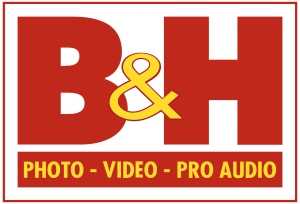

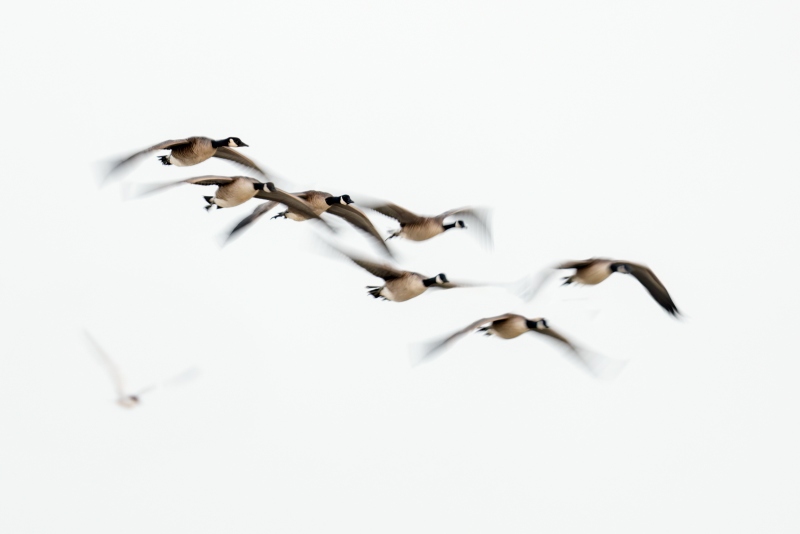
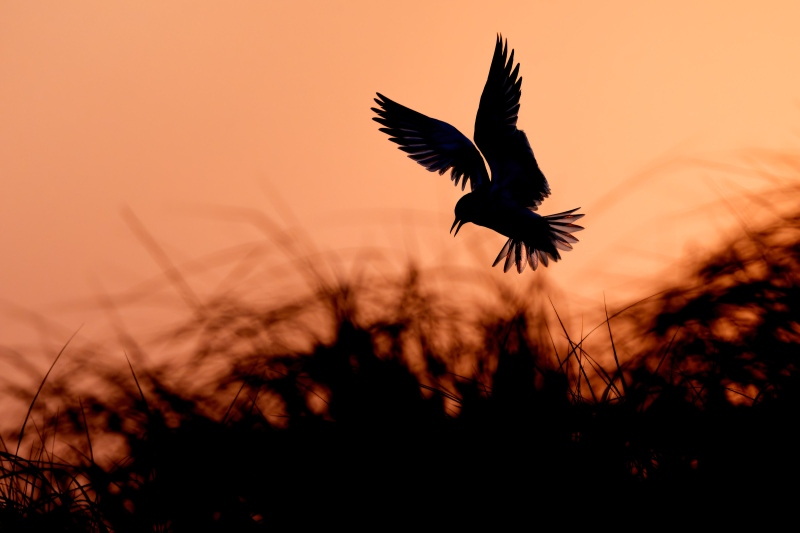
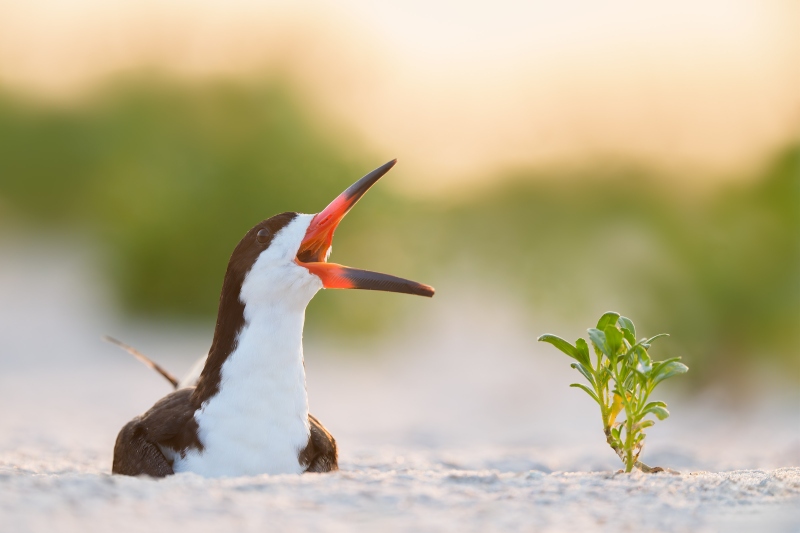
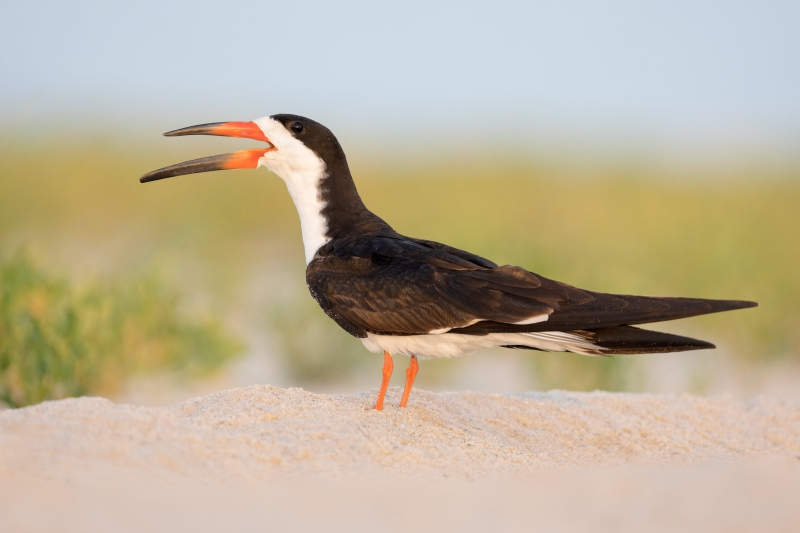
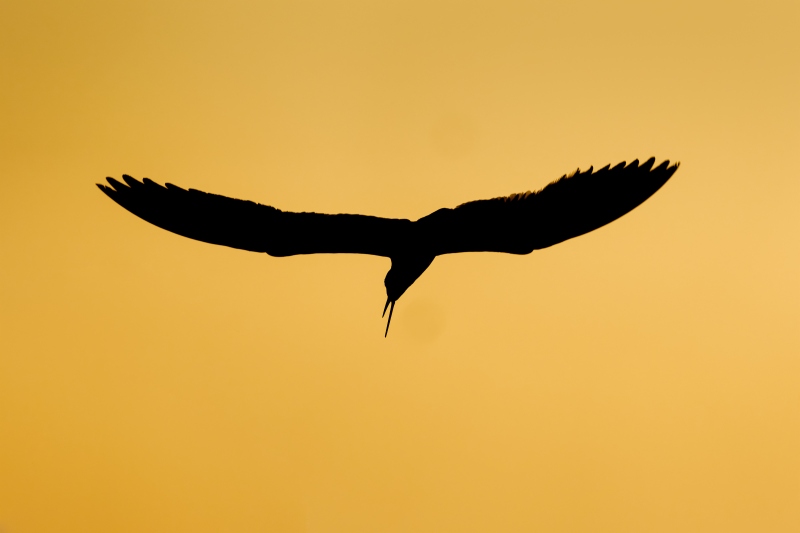
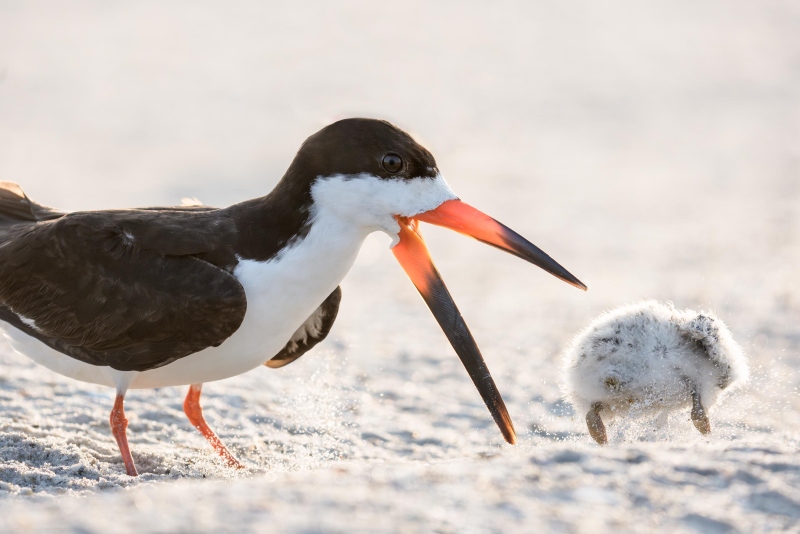
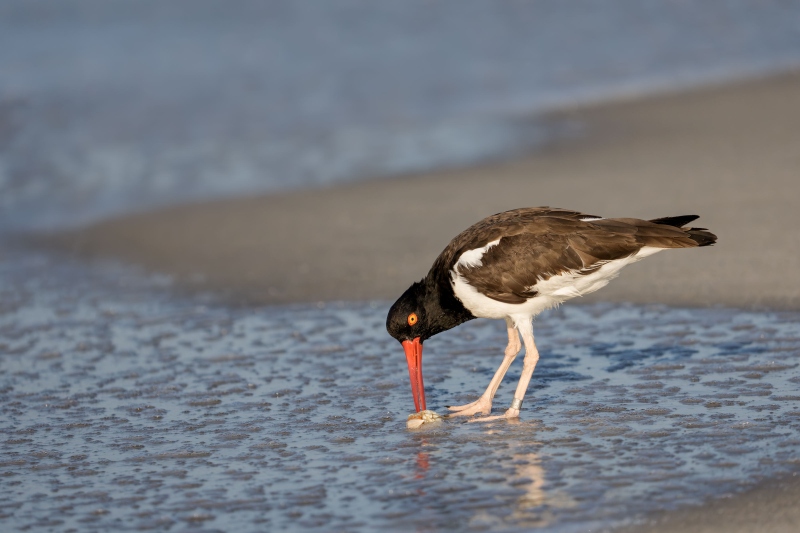
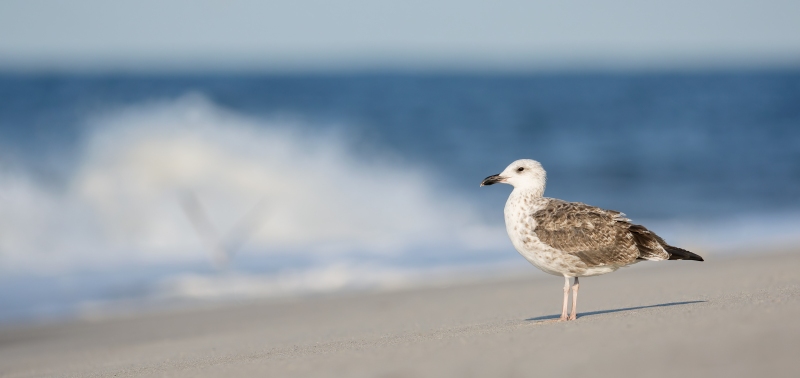
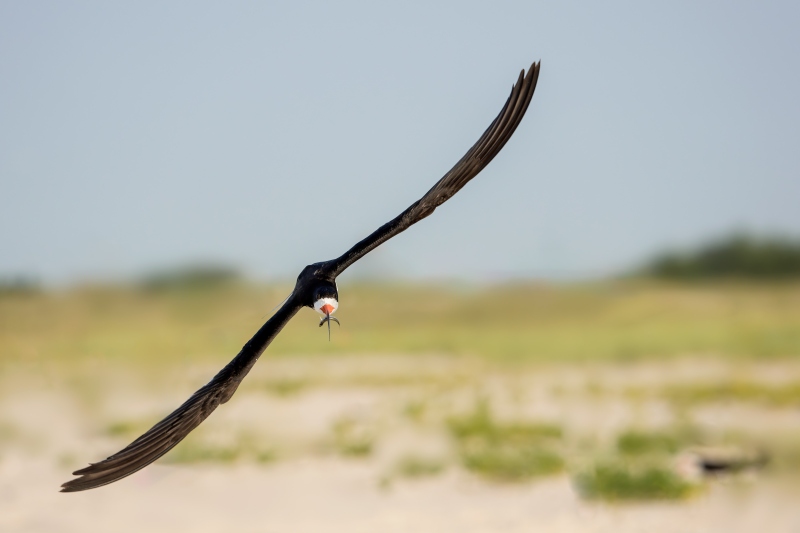
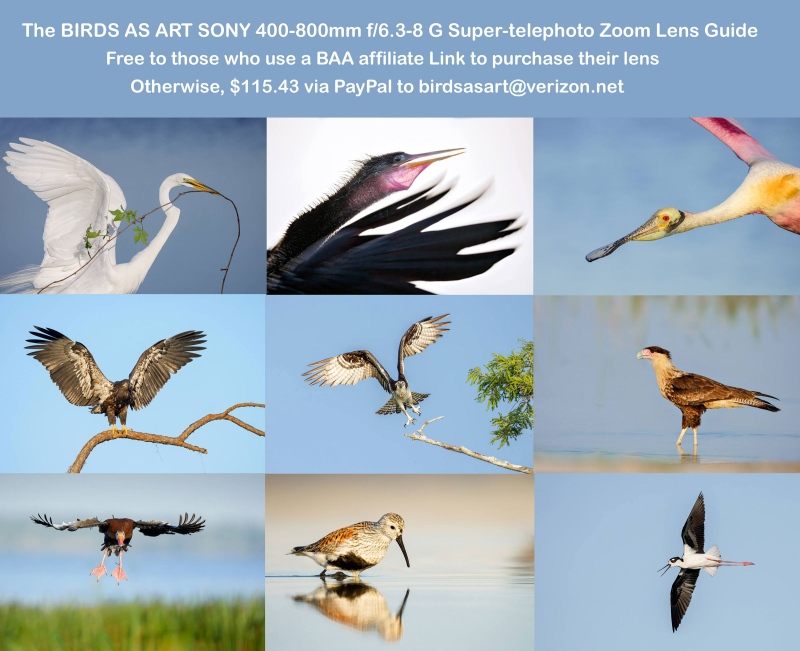






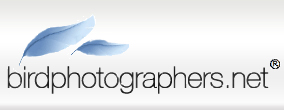


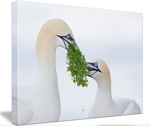
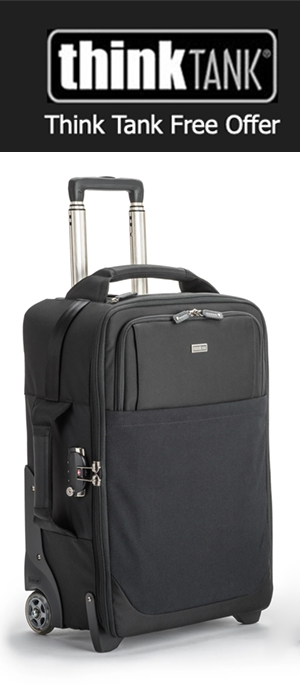


Artie
Howdy do!
Holy Smokes Mr. Steve Shore you are getting Gooder!!! I love your shot and you upgraded to Sony’s best, Sweet!! Wish I could.
Have fun and “Enjoy Artie’s cooking and Baked Taters with butter 🙂
Always with love.
Top two for me are Image #2 (mostly shadow, but great position of the tern and some backlighting in the tail) and Image #4 (no shadows, but wonderful color and habitat). Also strong is #5 (maybe with a pano crop) and Steve’s image, #3 (maybe with the eye, darks, or even the whole bird brightened a bit versus the dark green background–“Select Subject” in either Lightroom or PS works great for this).
Thanks, Cliff. I could go with a pano crop for #5. And Steve’s looks fine from this end.
with love, artie
I second the vote for image #2 and echo Patricia’s comments regarding it. I like the pose and the light coming thru the spread tail feathers. I would also crop a bit more as mentioned.
Thanks Tom (and Pat),
Comments are always appreciated. I am fine with the crop as presented 🙂
with love, artie
My favorite is #2, the common tern. I love silhouettes and really liked the position of the bird’s wings and tail. If it were my image, I would have cropped more of the black forerground.
I like the skimmer images — #3 and #4 — soft background, mouth open.